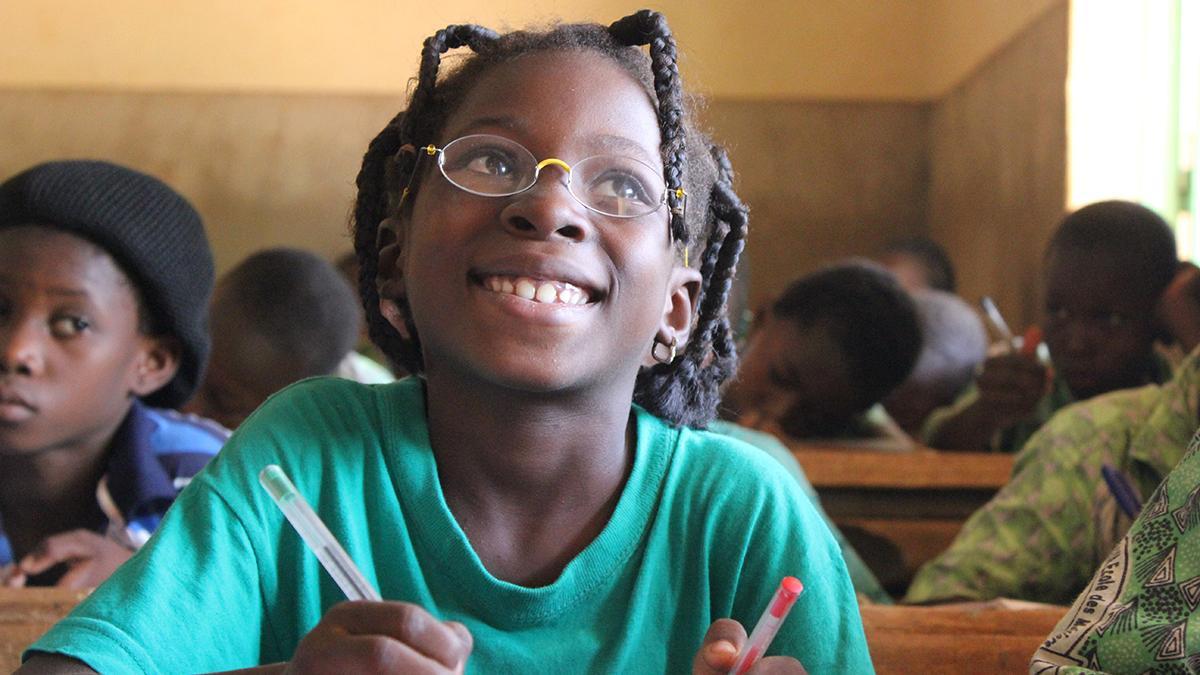Poverty leads to blindness
Why eye health and poverty are closely linked and how GoodVision is fighting to end poverty caused by eye health.

Poverty has many dimensions, some visible, some invisible. People living in poverty face disadvantages that prevent them from exercising their rights and entrench their poverty. These factors are closely interrelated and mutually reinforcing.
These include, among other things: dangerous working conditions, unsafe housing, lack of adequate and healthy nutrition, lack of political participation, limited access to health care. (Source: www.un.org)

Blindness is preventable
This deficiency is particularly serious in the area of eye health, as the lack of access to ophthalmic care can have devastating and irreparable consequences.
Around 90 percent of vision loss is preventable or treatable if those affected had access to opticians or ophthalmologists or had sufficient knowledge about eye health. 90 percent of people with vision loss live in low- and middle-income countries. (Source: Vision Atlas, IAPB)
In around 80 percent of cases, blindness is the result of poverty and unawareness – especially in children.
(Source: Deutsches Ärzteblatt)
Worldwide, about 43 million people have gone blind due to cataracts, glaucoma, trachoma, river blindness, vitamin A deficiency and diabetic retinopathy. 295 million people have moderate to severe visual impairment. (Source: Vision Atlas, IAPB)

Poor prognosis for good vision
The number of people with visual impairments is increasing: according to forecasts, their number will grow by 55% or 600 million people in the next 30 years. This means that the demand for ophthalmic care will increase sharply in the coming years. (Source: Vision Atlas, IAPB)
17 goals in sight
Eye health is essential to the fight against poverty and the achievement of the 17 Sustainable Development Goals (SDGs), because poverty is both a cause and a consequence of poor eye health.

Seeing is a human right
In order to end this injustice and make a strong contribution to the Sustainable Development Goals, GoodVision is active in 11 program countries in Africa, Asia and South America, but also internationally at the political and social level.
Success breeds confidence
- Since its founding in 2012, GoodVision has cured more than 9,100 people of cataracts through cataract surgery. And thus saved them from going blind.
- 800,000 people have received glasses so far and can now actively and independently participate in life and successfully shape their future.
- Over 2,200,000 people have received an eye test with GoodVision and thus taken the first step towards better vision.
- Many millions of people in village squares in Peru, in schools in Malawi or in factories in India have learned how to protect their eyes and what they can do themselves for their eye health through GoodVision.
- More than 530 people work for GoodVision in countries with weak labor markets, in permanent jobs with fair pay.
To create a sustainable future, we must all step up our efforts to eradicate extreme poverty and discrimination and ensure that all people can fully enjoy their human rights.











